Home>Furniture>Living Room Furniture>How To Add More Stuffing To Couch Cushions
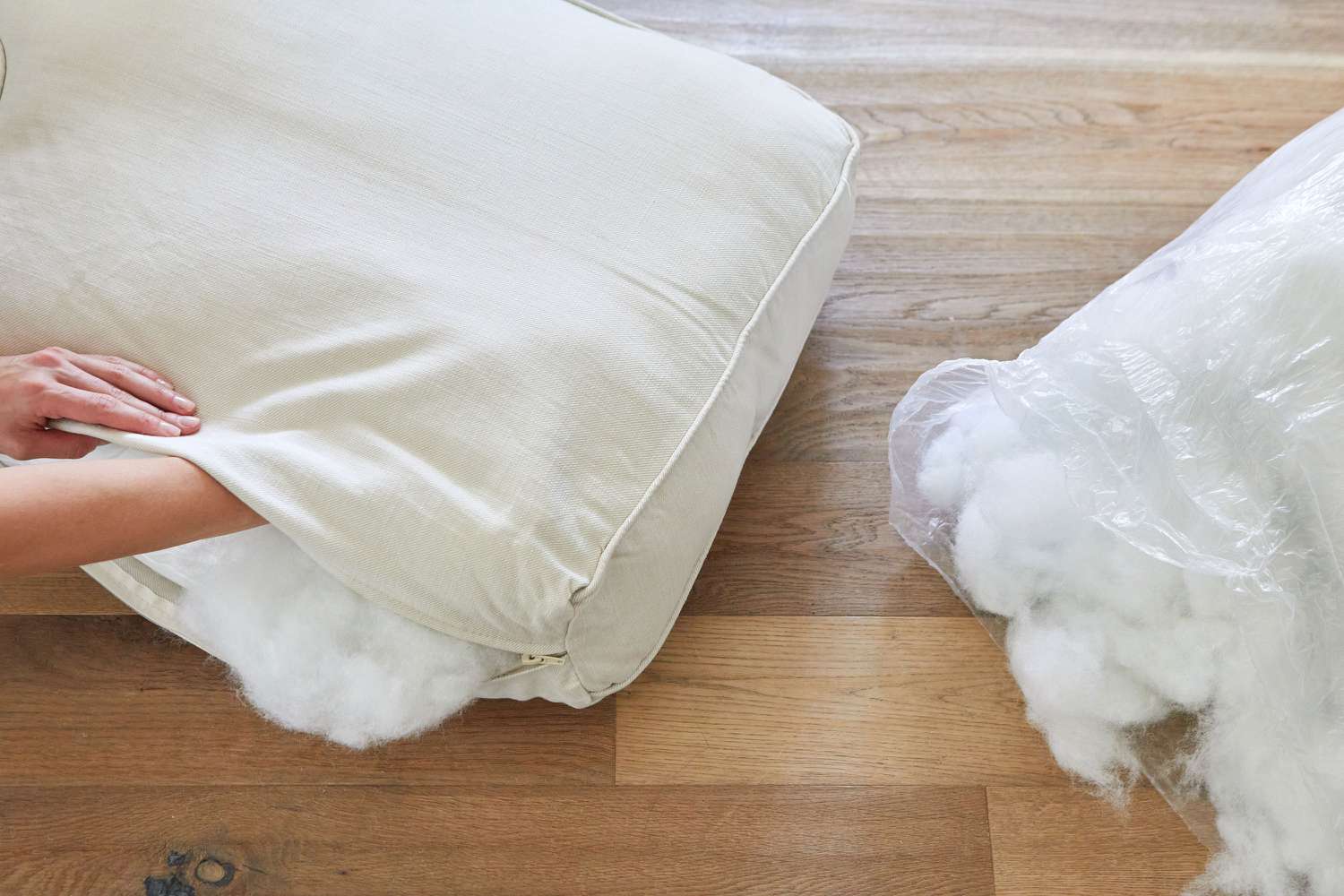

Living Room Furniture
How To Add More Stuffing To Couch Cushions
Modified: March 16, 2024
Discover how to add more stuffing to your couch cushions with this helpful guide. Transform your living room furniture and make it more comfortable.
(Many of the links in this article redirect to a specific reviewed product. Your purchase of these products through affiliate links helps to generate commission for Storables.com, at no extra cost. Learn more)
Introduction
Welcome to the world of comfortable living room furniture! When it comes to creating a cozy and inviting space, the most essential piece is undoubtedly the couch. The cushions play a key role in providing the perfect level of comfort and support for your relaxation needs. Over time, however, these cushions may start to lose their shape and firmness.
If you find your couch cushions becoming flat and lifeless, fear not! There is a simple solution to revive and add more stuffing to your couch cushions. In this article, we will guide you through the step-by-step process of assessing your cushions, identifying the type of stuffing, removing and replacing the cover, preparing the new stuffing, adding it to the cushions, securing the covers, and finally testing and adjusting the cushions to ensure ultimate comfort.
Revamping your couch cushions not only brings back their plumpness but also extends the life of your furniture. So, let’s dive in and learn how to add more stuffing to your couch cushions.
Key Takeaways:
- Revive your couch cushions by assessing their condition, preparing new stuffing, and securing the covers. Enjoy a personalized and comfortable seating experience with refreshed living room furniture!
- Bring new life to your couch cushions by adding the right amount of stuffing for optimal comfort. Test and adjust until you achieve the perfect balance of plushness and support.
Read more: How To Measure Couch Cushions
Assessing the Couch Cushions
Before you begin the process of adding more stuffing to your couch cushions, it’s important to assess their current condition. Take a close look at the cushions and observe any signs of sagging, flattening, or lack of support. This assessment will help you determine the amount and type of stuffing required to restore the cushions to their optimal comfort level.
Start by checking for any visible damage, such as rips, tears, or worn-out areas. If you notice any such issues, it’s recommended to address them first by repairing or replacing the affected cushion covers.
Next, give the cushions a gentle press to feel the density and support. If they feel too soft or offer minimal resistance, it’s a clear indication that the cushions need more stuffing.
Additionally, consider how long you’ve been using the cushions and how frequently they are used. Over time, normal wear and tear can cause the stuffing to compress and lose its resilience, resulting in a less comfortable seating experience.
By assessing the condition of your couch cushions, you’ll have a better understanding of the extent of stuffing required and whether you need to purchase additional materials for the task. So, take your time to carefully evaluate the cushions before proceeding with the next steps.
Identifying the Type of Stuffing
Once you’ve assessed the condition of your couch cushions, the next step is to identify the type of stuffing they currently have. This is essential in order to ensure compatibility and maintain the desired level of comfort and support.
There are various types of stuffing materials commonly used in couch cushions. The most common types include foam, polyester fiberfill, down feathers, and a combination of these materials.
Foam is a popular choice for its firmness, durability, and ability to retain its shape over time. It provides excellent support and is ideal for individuals seeking a firmer seating experience.
Polyester fiberfill, also known as polyfill, is a synthetic material often used as a more affordable alternative to foam. It offers a plush and soft feel, providing a comfortable and cozy seating surface.
Down feathers are known for their luxurious and fluffy texture. Cushions filled with down feathers provide a high level of comfort and a plush seating experience. However, they may require more frequent fluffing and maintenance to prevent them from becoming flat or lumpy.
Some couch cushions may consist of a combination of these materials, using foam as a base layer for support and polyfill or down feathers as a top layer for added comfort.
To identify the type of stuffing, carefully unzip or remove the cover of one of the cushions and inspect the filling. Pay attention to the texture, density, and appearance of the material. You may also find a tag or label attached to the cushion indicating the type of stuffing used.
Once you have determined the current stuffing, you can decide whether you want to replace it with the same material or opt for a different type that better suits your comfort preferences.
Identifying the type of stuffing is a crucial step in the process, as it ensures that your newly added stuffing will be compatible with the existing cushions, providing the desired level of comfort for years to come.
Removing and Replacing the Cover
Now that you have assessed the condition of your couch cushions and identified the type of stuffing, it’s time to remove and replace the cover. This step will allow you to access the old stuffing and prepare the cushions for the new filling.
Start by flipping the cushion over and locating the zipper or closure mechanism. Most couch cushions have a zipper along one edge, which allows for easy removal and replacement of the cover.
Unzip the cover and carefully remove it from the cushion. Take note of how the cover is attached and any additional components, such as foam inserts or tufted buttons, which may require special attention during the removal process.
Once the cover is off, give it a thorough inspection for any damage or signs of wear. If necessary, mend any small tears or consider replacing the cover altogether if it is beyond repair.
If you are replacing the cover, make sure to measure the dimensions before purchasing a new one to ensure a proper fit. Couch cushion covers are available in a variety of fabrics, colors, and patterns, allowing you to personalize and coordinate with your existing decor.
When it’s time to put the cover back on, align it with the cushion and carefully zip it closed. Make sure it is securely fastened, and double-check for any areas that may require additional adjustment or tightening.
By removing and replacing the cover, you not only gain access to the old stuffing but also have the opportunity to refresh the look of your couch with a new and clean cover. This step sets the stage for adding the new stuffing and reviving the comfort of your cushions.
Preparing the New Stuffing
With the cushion cover removed, it’s time to prepare the new stuffing that will breathe life back into your couch cushions. The type of stuffing you choose will depend on your comfort preferences and the type of stuffing your cushions originally had.
If you decide to stick with the same type of stuffing, you can either purchase pre-cut foam inserts or a bag of polyester fiberfill from a local home goods store. Look for materials that are specifically designed for cushion filling, as they will provide optimal comfort and durability.
If you prefer a different type of stuffing, make sure to choose a suitable alternative. For example, if your cushions had foam filling and you want a softer feel, consider opting for down feathers or a combination of foam and polyester fiberfill.
Before using the new stuffing, fluff and shake it to loosen any clumps and maximize its volume. This will ensure a more even distribution of filling within the cushions and prevent any lumps or inconsistencies.
If you are using foam inserts, measure and cut them to fit the dimensions of your cushions. Use a sharp knife or an electric carving knife to get precise and clean cuts. Make sure the foam inserts fit snugly but without causing the cushions to bulge.
If you are using polyester fiberfill, start by tearing off small handfuls and gently pulling them apart to create fluffy clusters. This will help achieve the desired softness and loftiness for your cushions.
It’s always a good idea to have extra stuffing on hand, just in case you need to add more in certain areas or adjust the firmness levels to your liking.
Prepping the new stuffing ensures that it is ready for optimal comfort and provides the necessary support for your couch cushions. So take the time to fluff, measure, and customize the filling before adding it to the cushions for the best possible outcome.
To add more stuffing to couch cushions, unzip the cushion cover and insert additional foam or batting to fill out the cushion. Make sure to distribute the stuffing evenly for a comfortable and supportive seat.
Read more: How To Style A Couch With Cushions
Adding the New Stuffing to the Cushions
Now that you have prepared the new stuffing, it’s time to add it to your couch cushions and bring back their plush and supportive feel. Follow these steps to effectively distribute the new stuffing:
- Start by holding the cushion cover open and begin inserting the new stuffing. Take handfuls of the stuffing material and evenly distribute it throughout the cushion. For foam inserts, make sure to position them in the center and layer them if necessary.
- Continue adding the stuffing gradually until the cushion reaches your desired level of fullness and firmness. Be mindful not to overstuff the cushion, as this can lead to discomfort and affect the overall shape and appearance.
- As you add the stuffing, use your hands to smooth out any lumps or uneven areas. Gently pat and knead the cushion to ensure the filling is evenly distributed and there are no empty spaces.
- If you are using a combination of different stuffing materials, layer them accordingly. For example, if you are combining foam and polyester fiberfill, place the foam at the bottom for support and add the fiberfill on top for a softer feel.
- If needed, you can compress and compress the new stuffing to fit it within the cushion cover. However, be cautious not to compress it too tightly, as this can affect its ability to provide proper support and comfort.
Take your time during this process to ensure that the stuffing is evenly distributed and the cushion feels comfortable and supportive. Remember that the right amount of stuffing will vary based on personal preference and the type of cushion you have.
Once you are satisfied with the amount and distribution of the new stuffing, move on to the next step of securing the cushion covers to finalize the transformation of your couch cushions.
Securing the Cushion Covers
Now that you have added the new stuffing to your couch cushions, it’s time to secure the cushion covers to ensure a neat and tidy appearance. Properly securing the covers will maintain the shape of the cushions and prevent the stuffing from shifting or protruding.
Follow these steps to securely fasten the cushion covers:
- Align the edges of the cushion cover with the edges of the cushion itself. Ensure that all sides are even and properly positioned.
- If your cushion cover has a zipper, slowly zip it closed while maintaining an even pressure along the closure. Be careful not to catch any fabric or the stuffing in the zipper.
- If your cushion cover does not have a zipper, use fabric pins or clips to hold the edges together temporarily.
- Once the cover is secure, carefully inspect the seams to ensure they align and no excess fabric or stuffing is exposed.
- If you had to remove any foam inserts or other additional components, gently place them back into their original positions before fully securing the cushion cover.
- Give the cushion a light shake or a gentle pat to further distribute the stuffing and settle it comfortably within the cover.
If you notice any excess fabric or uneven areas, adjust the cushion cover accordingly to create a smooth and tight fit. Take your time during this step to ensure that the cover is properly secured, but not excessively tight, which could cause strain on the seams or compromise the integrity of the cover.
By securing the cushion covers properly, you can enjoy a clean and finished look for your couch cushions. Now, it’s time for the final step: testing and adjusting the cushions to ensure the perfect level of comfort.
Testing and Adjusting the Cushions
After adding the new stuffing and securing the cushion covers, it’s important to test and adjust the cushions to ensure optimal comfort. This step allows you to fine-tune the level of firmness and support, ensuring that your couch cushions provide a relaxing and enjoyable seating experience.
Here are some tips for testing and adjusting your cushions:
- Take a seat on the couch and test the cushions. Pay attention to how they feel in terms of firmness and support. If they are still too flat or lack sufficient cushioning, you may need to add more stuffing.
- Press down on different areas of the cushions to check for any uneven distribution of the stuffing. Adjust the filling as needed to ensure an even and consistent feel throughout.
- Consider your personal preference for cushion firmness. If you prefer a firmer seat, you may need to add more stuffing or use a denser type of filling. If you prefer a softer seat, you may need to remove some stuffing or opt for a fluffier material.
- Keep in mind that the cushions may initially feel slightly firmer than expected due to the new stuffing. Over time, the filling will settle and conform to your body, providing a more comfortable and personalized seating experience.
- If you have multiple cushions on your couch, repeat the testing and adjusting process for each cushion individually. This ensures consistency and uniformity in terms of comfort across all seating areas.
As you test and adjust your couch cushions, remember that everyone has different preferences when it comes to seating comfort. What may feel comfortable for one person may feel too firm or too soft for another. Listen to your body and make adjustments accordingly until you achieve that perfect balance of comfort and support.
Once you are satisfied with the comfort level of your couch cushions, sit back, relax, and enjoy the rejuvenated seating experience in your living room.
Conclusion
Congratulations! You have successfully learned how to add more stuffing to your couch cushions and revive their comfort and support. By following the steps outlined in this guide, you have taken the necessary measures to bring new life to your living room furniture.
Assessing the condition of your cushions and identifying the type of stuffing provided a solid foundation for the restoration process. Removing and replacing the cushion covers allowed you to access the old stuffing and give your cushions a fresh and clean appearance.
Preparing the new stuffing ensured that it was ready for optimal comfort and support. Adding the stuffing to the cushions in an even and gradual manner ensured a plush and consistent seating experience.
Securing the cushion covers was crucial in maintaining the shape and appearance of the cushions, preventing any shifting or protruding of the stuffing.
Finally, testing and adjusting the cushions allowed you to fine-tune the level of firmness and support to your personal preference, ensuring a customized and comfortable seating experience.
By taking the time to add more stuffing to your couch cushions, you have extended the life of your furniture and created a cozy and inviting space for relaxation, entertaining, and quality time with loved ones.
Remember to periodically re-assess your cushions and consider adding more stuffing as needed to maintain their optimal comfort and support. With proper care and maintenance, your couch cushions will continue to provide a comfortable and enjoyable seating experience for years to come.
Now, sit back, relax, and enjoy the comfort and plushness of your revitalized couch cushions!
Frequently Asked Questions about How To Add More Stuffing To Couch Cushions
Was this page helpful?
At Storables.com, we guarantee accurate and reliable information. Our content, validated by Expert Board Contributors, is crafted following stringent Editorial Policies. We're committed to providing you with well-researched, expert-backed insights for all your informational needs.
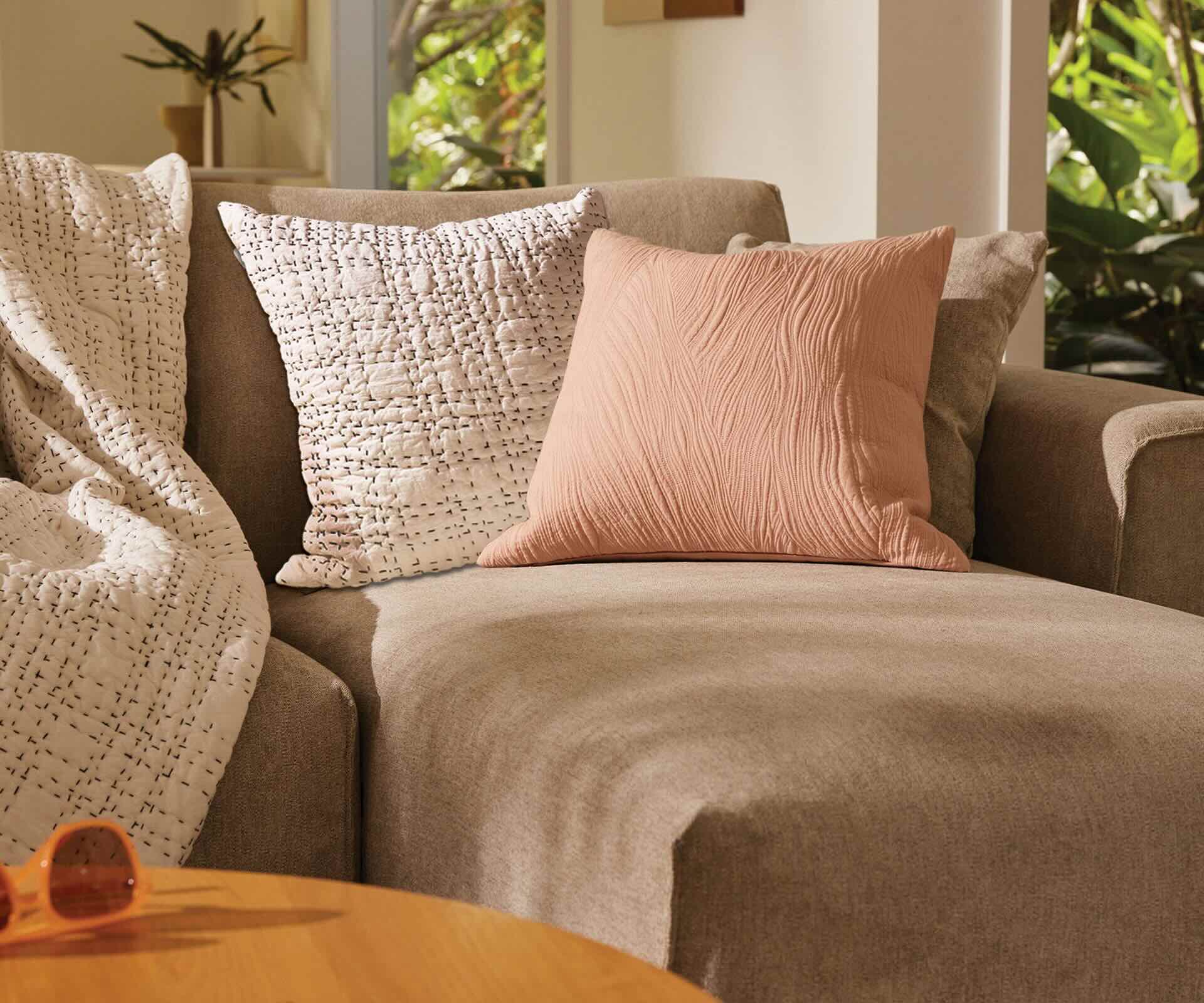

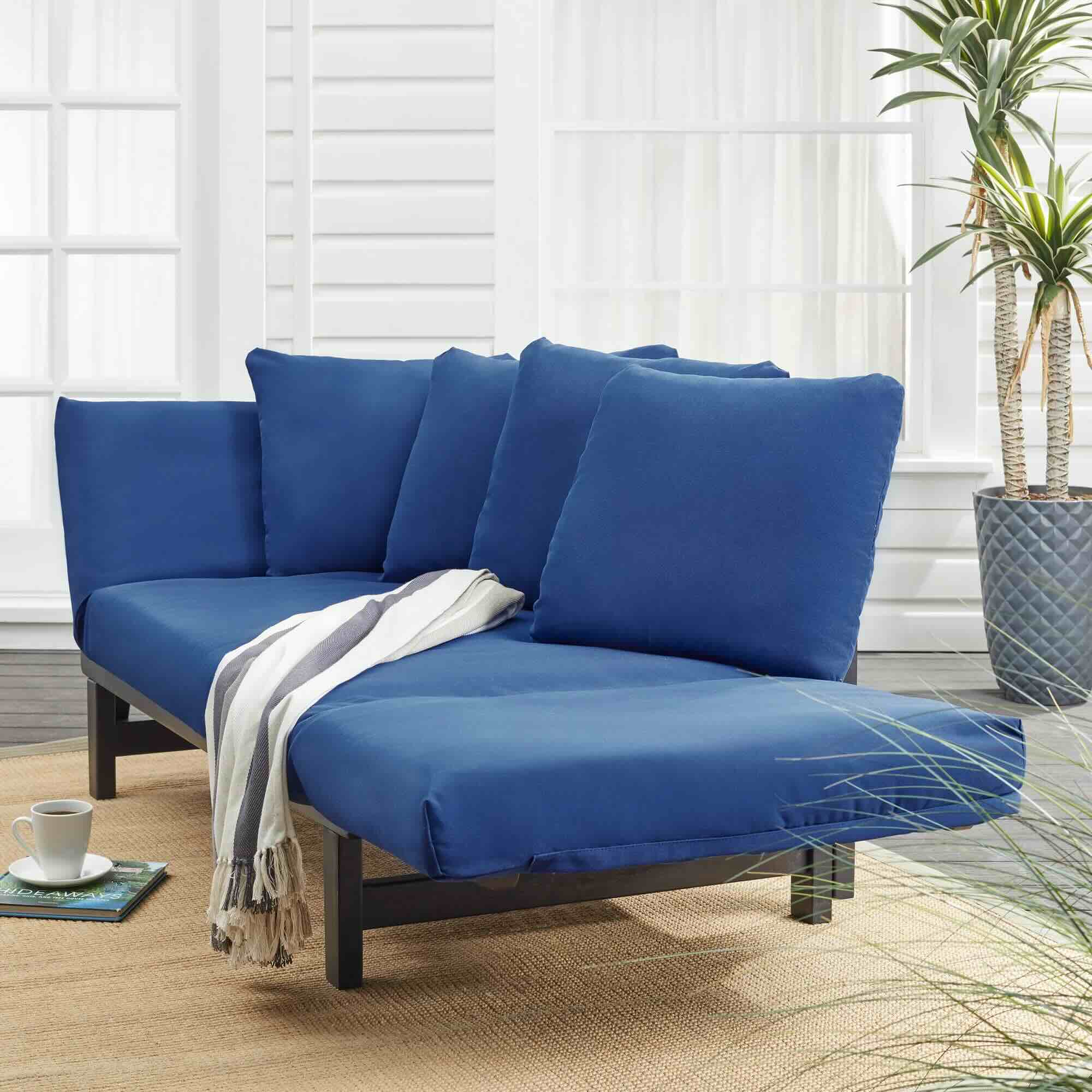
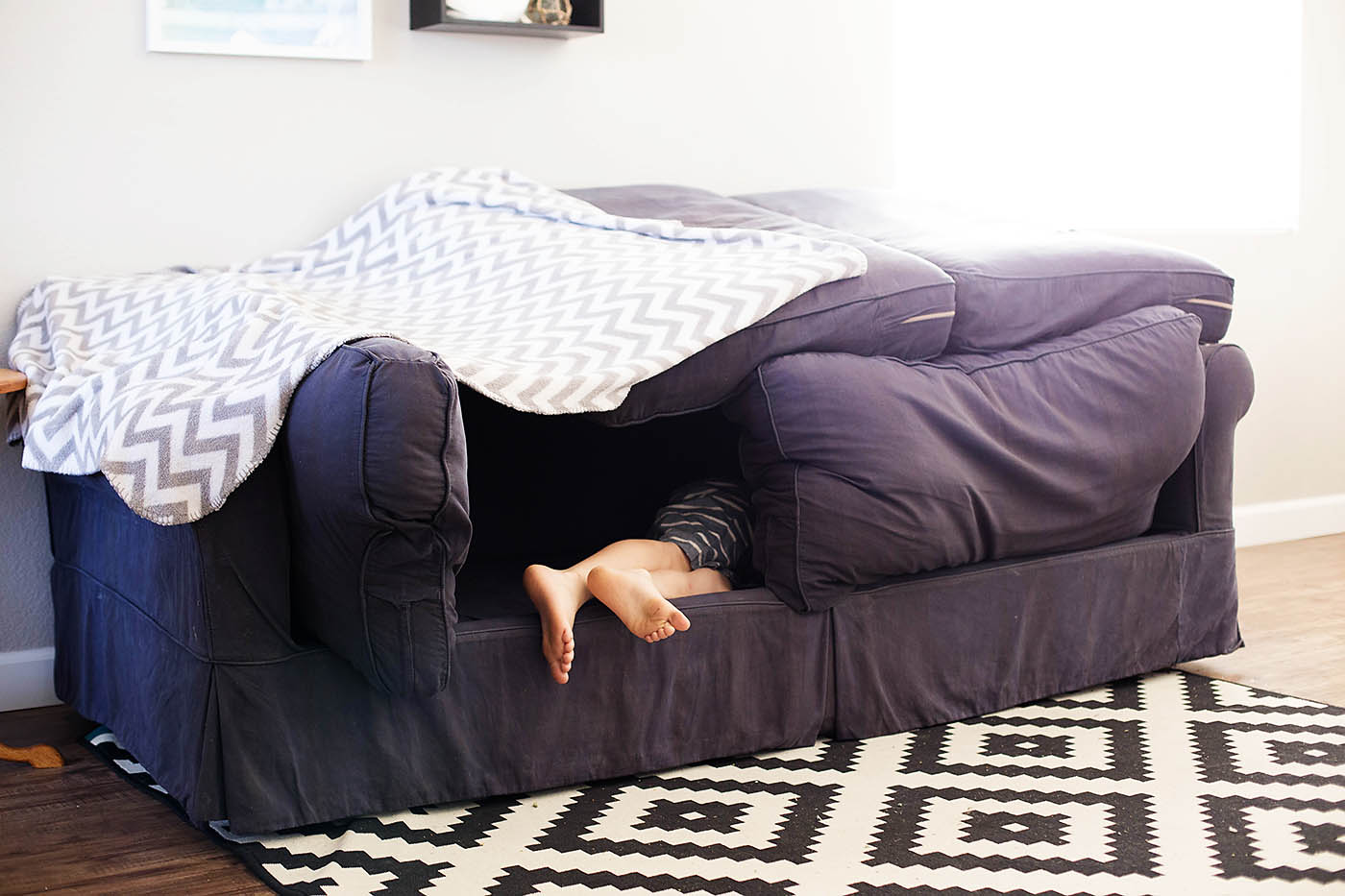
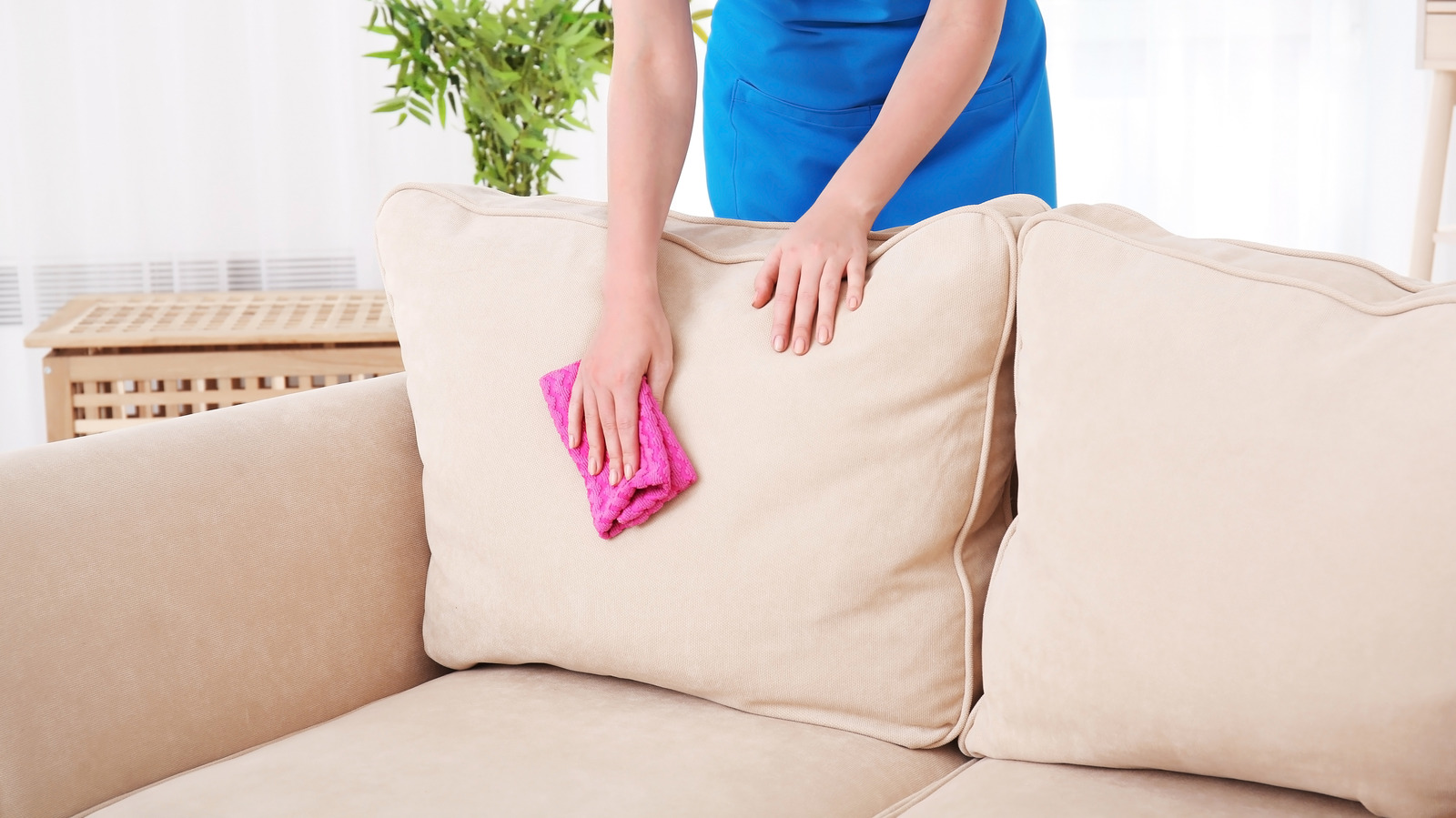
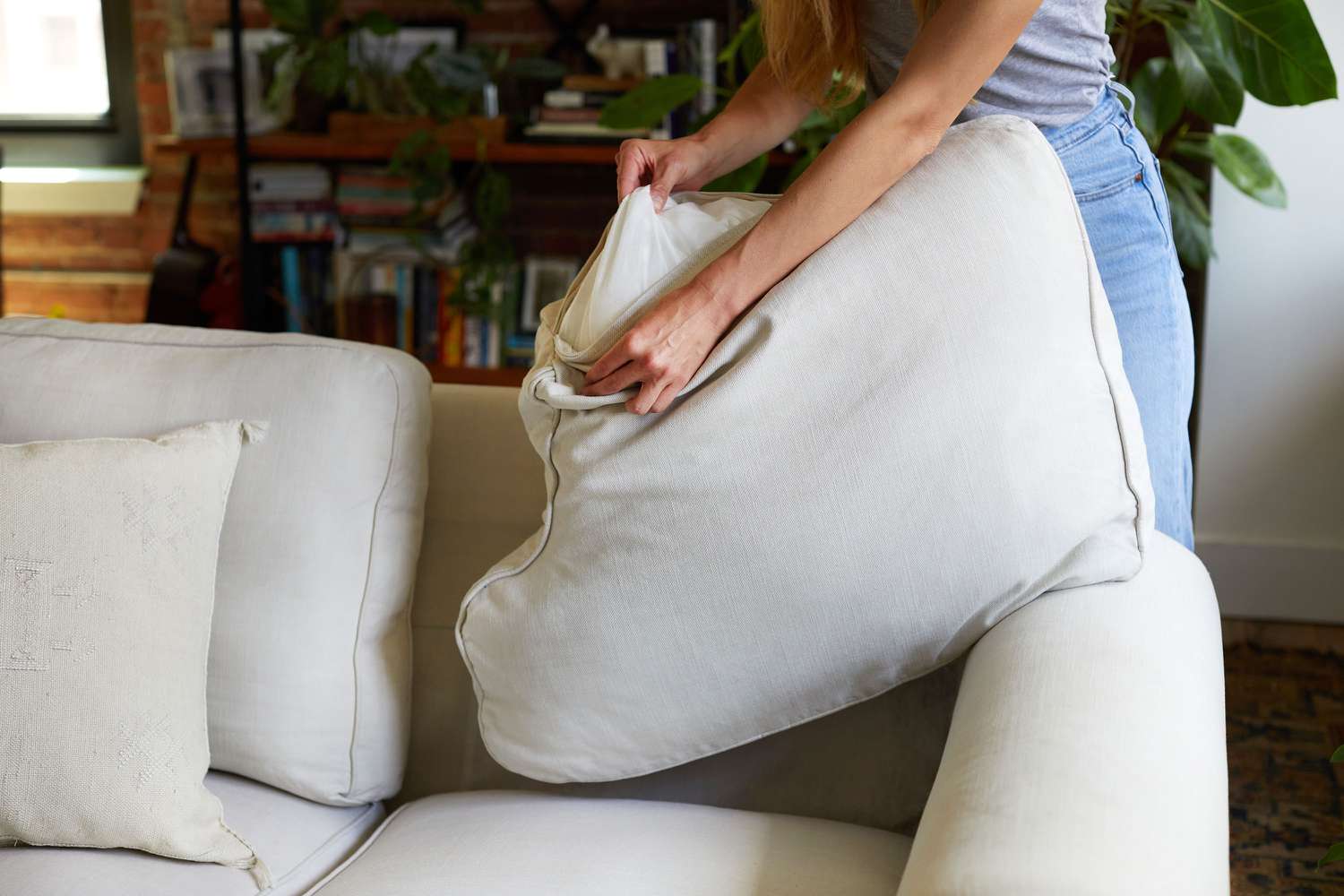
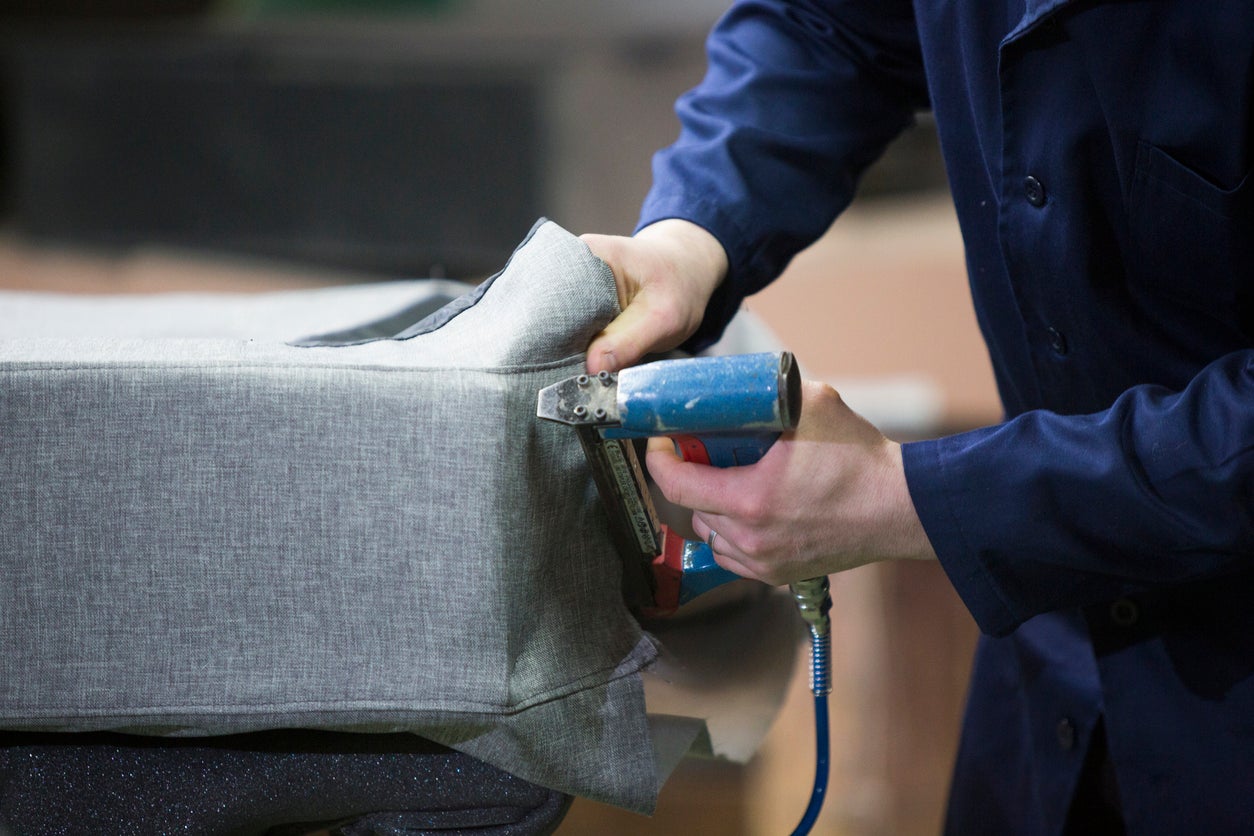
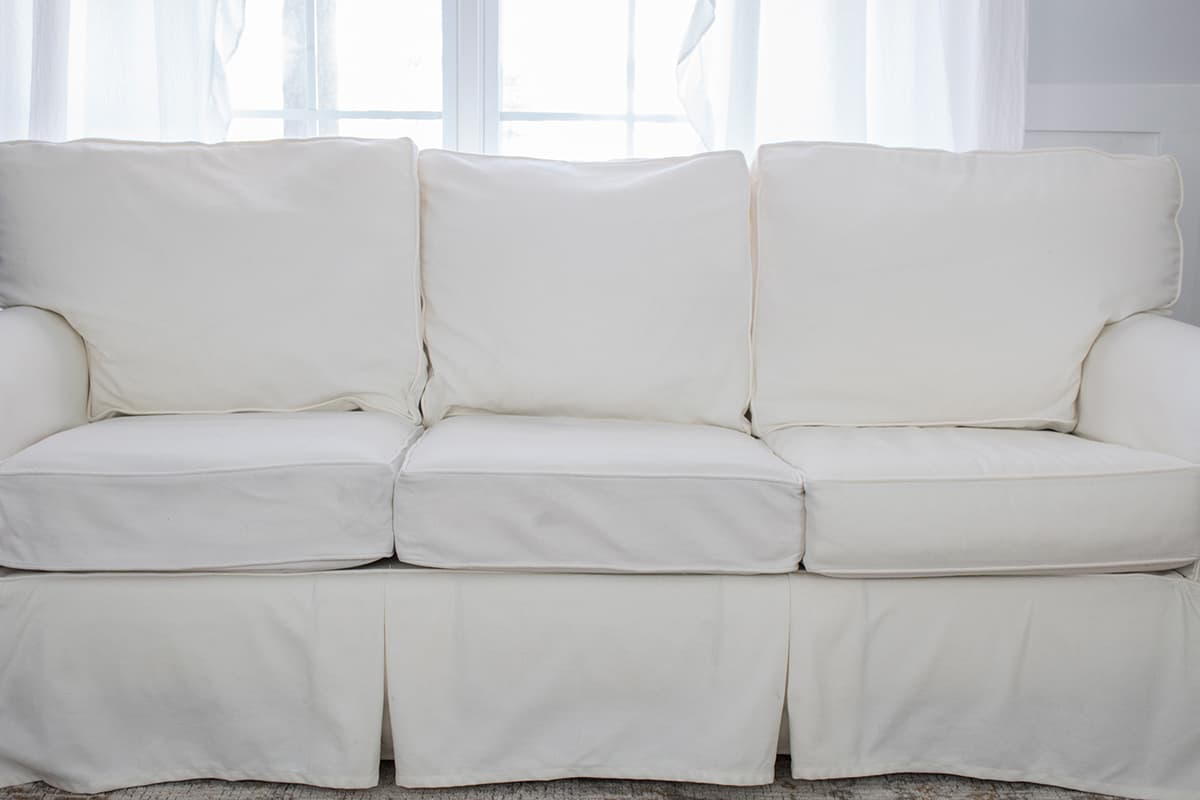
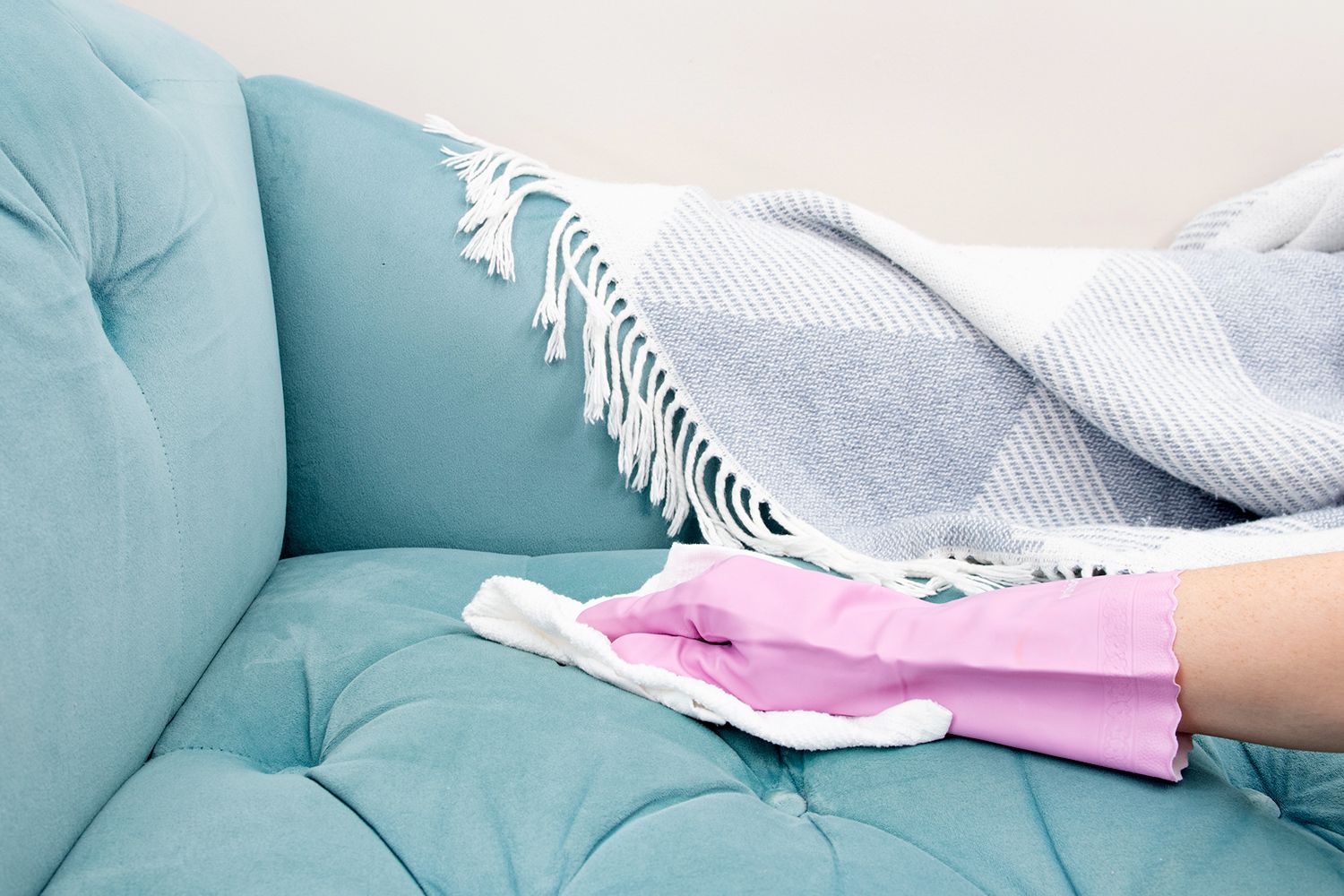
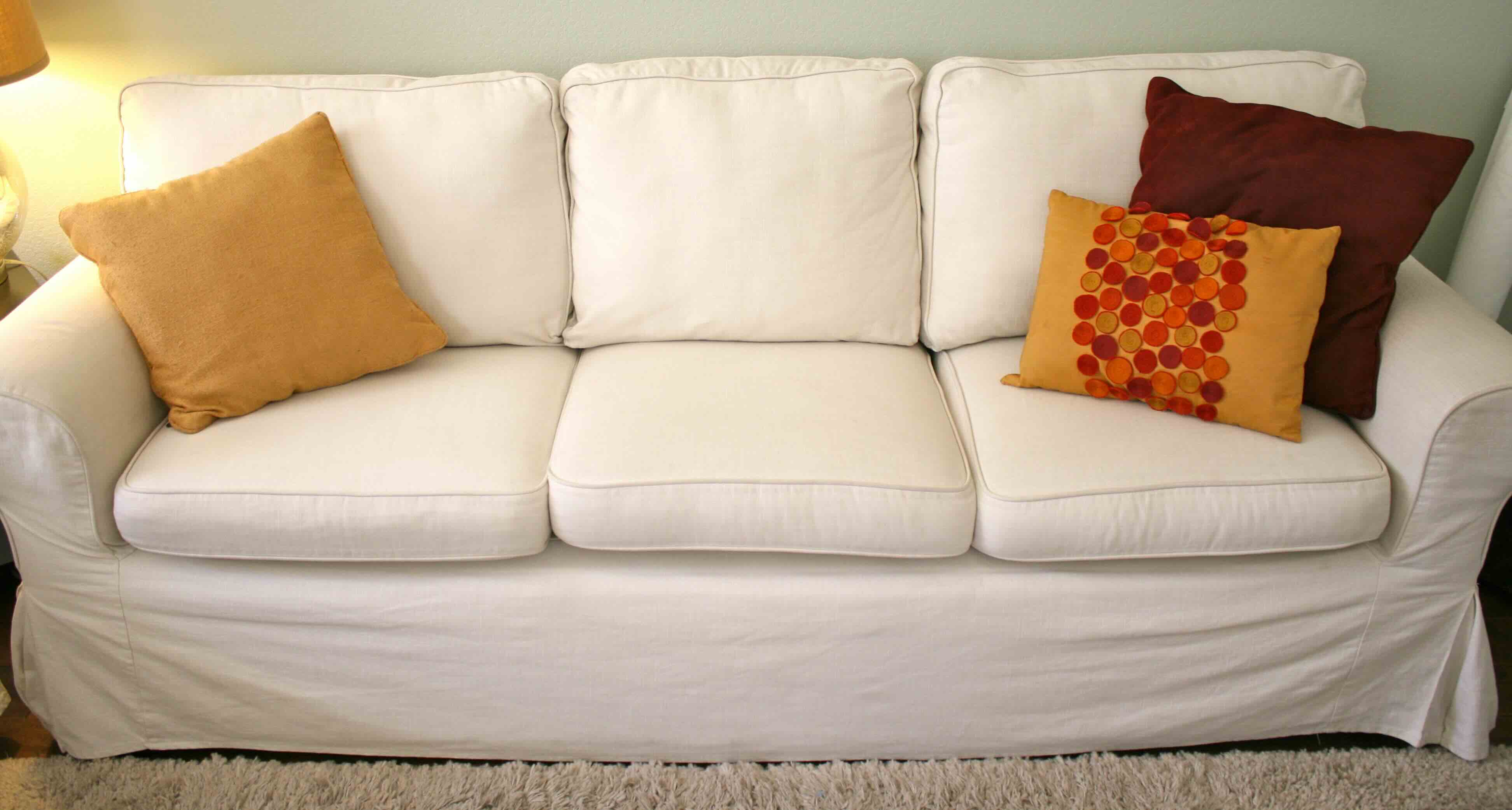

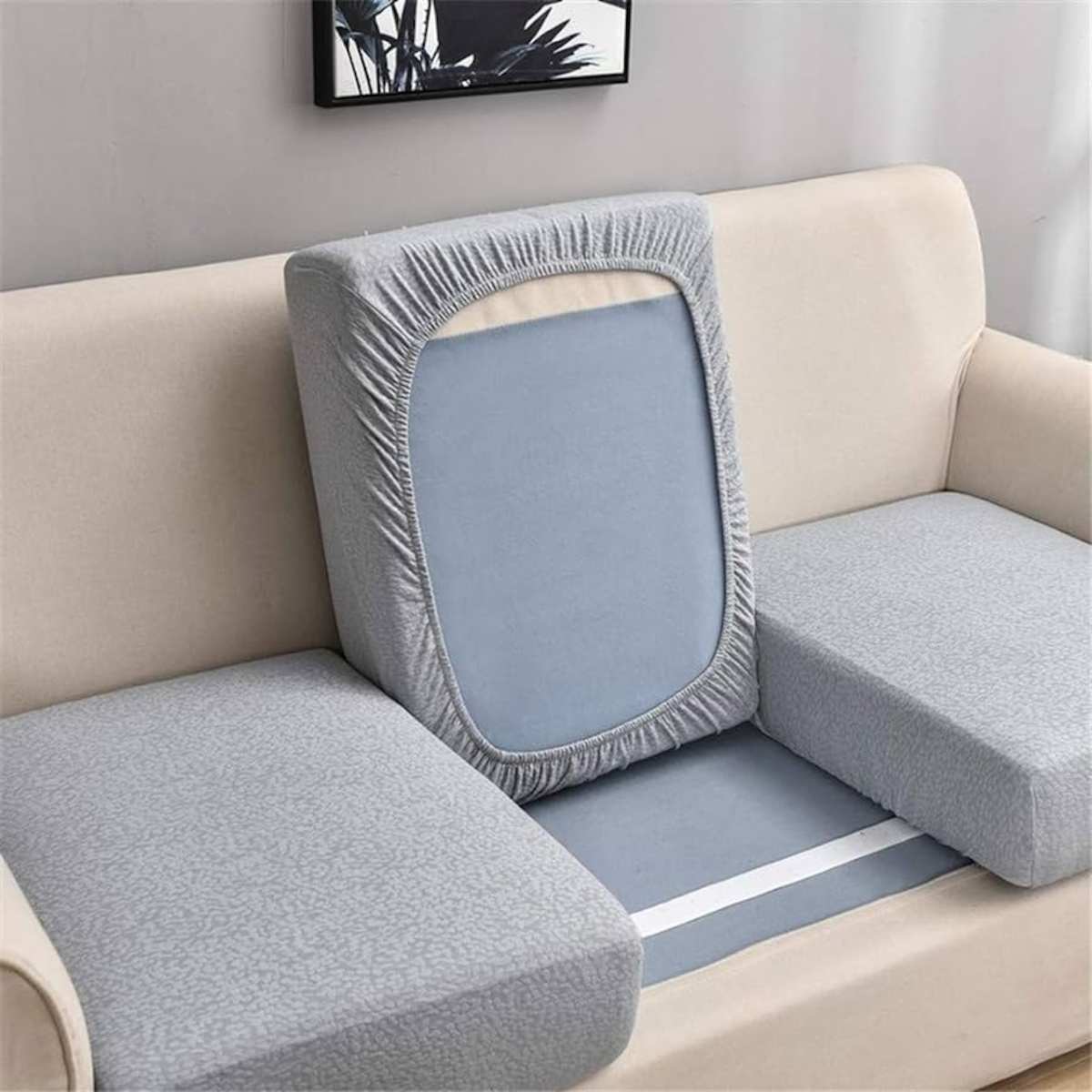
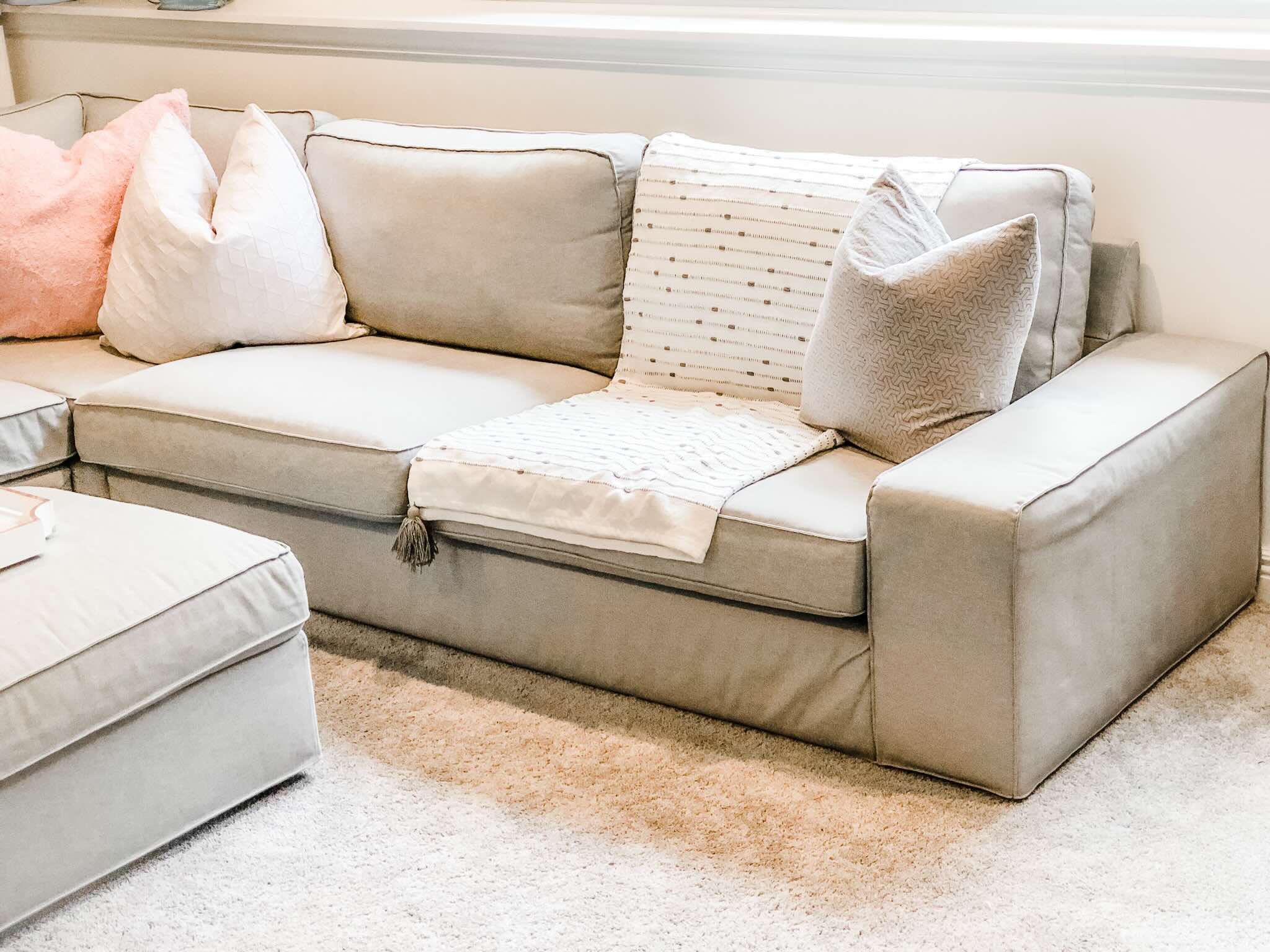
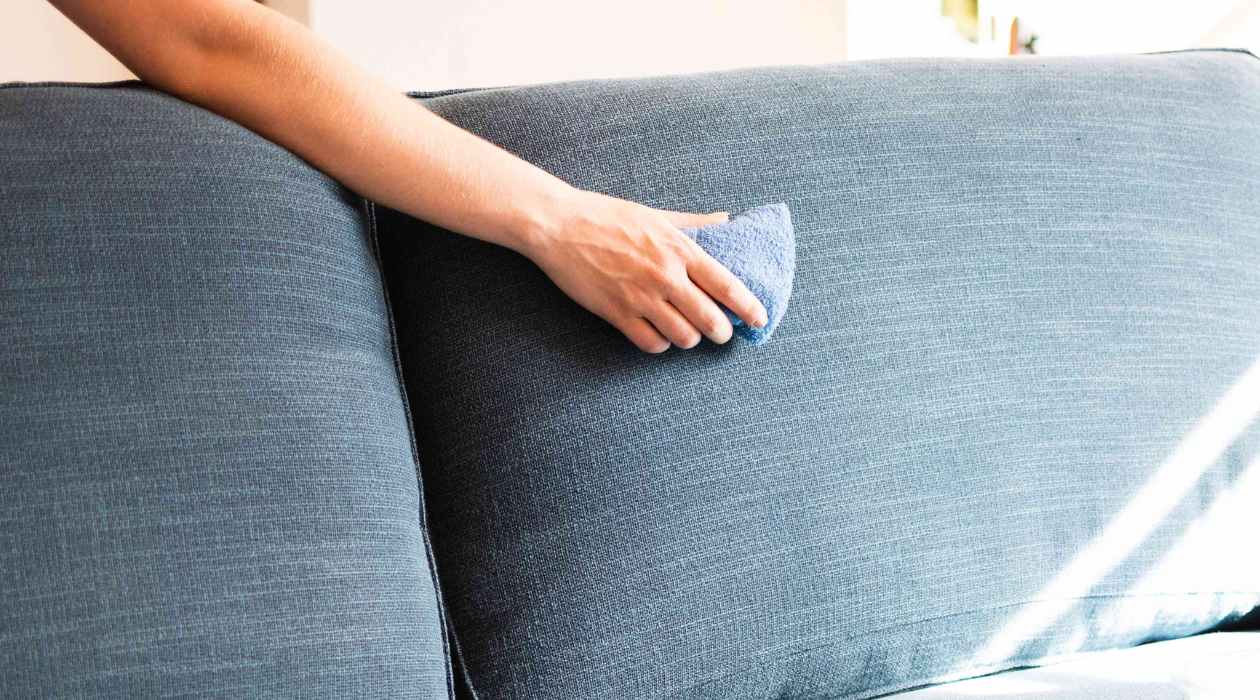

0 thoughts on “How To Add More Stuffing To Couch Cushions”